|
The 75 gun was composed of a forged steel tube weighting 460 kg, assembled on a mounting. The interior of the gun was machined with the calibre of 75 mm and included 24 spiral grooves. These rifling grooves gave to the shell a rotational movement around its main axis (spin), which improved the stability of its trajectory thanks to the gyroscopic effect. The length of the tube was of 36,6 calibres, that is 36,6 X 75 mm = 2745 mm.
The longer the tube is, the longer the shell is propelled by gasses, therefore the higher is its initial speed increase, improving the maximum range of the shot. For instance, the 2136 mm tube of the German gun 77mm FK96, lengthened in 1916 to 2743 mm (version 77 mm FK16) made it possible inter alia improvements to increase the initial speed of the shell from 460m/s to 600 m/s, and as a consequence the range from 5500 m to 10500 m.
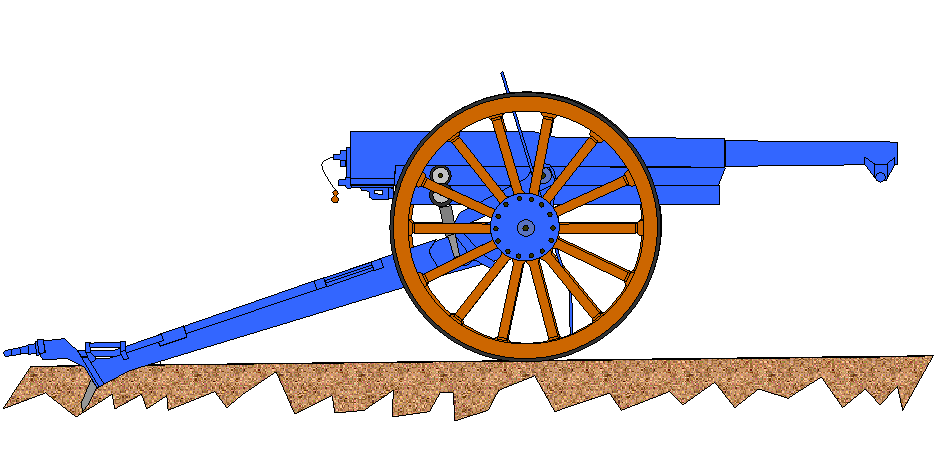 |
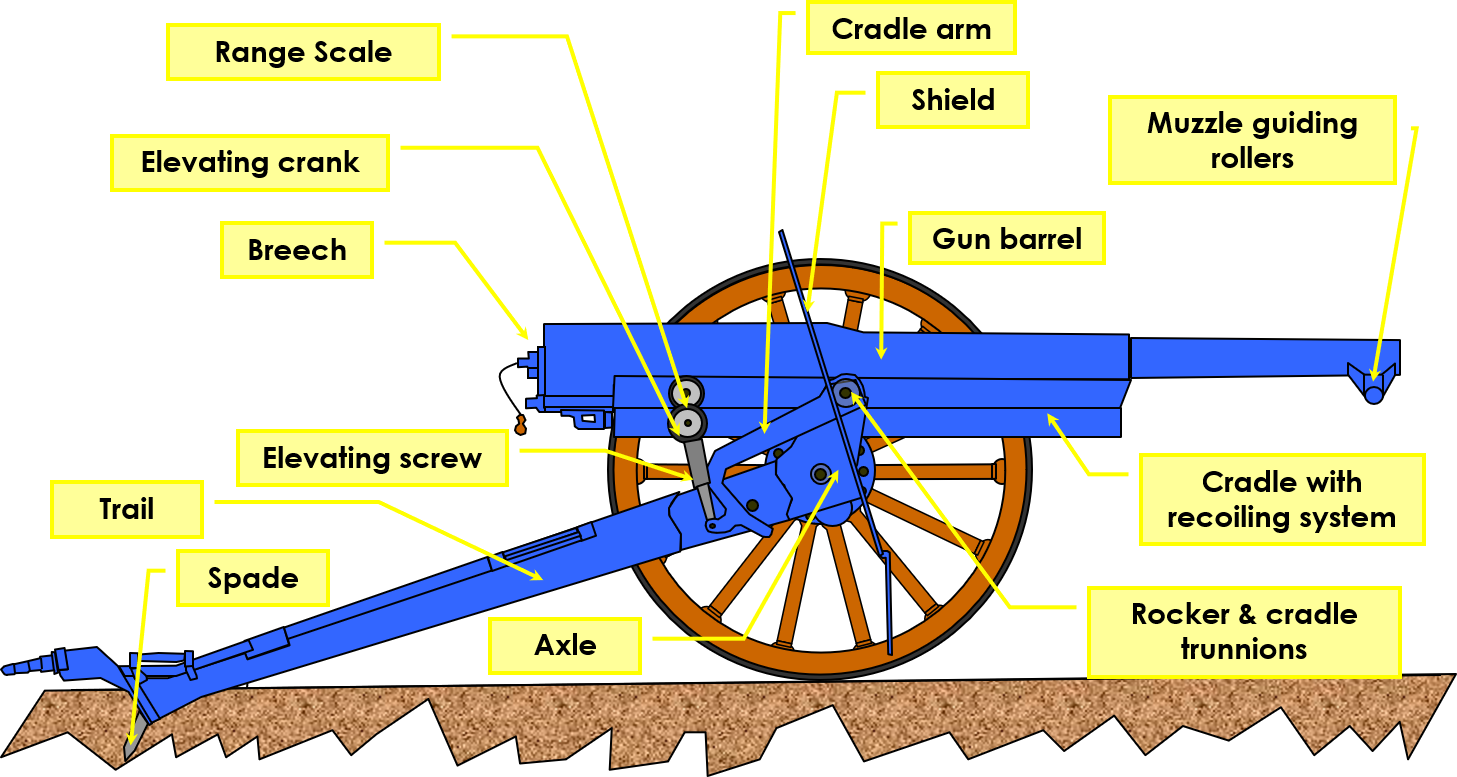 |
| Famous French 75 mm scheme | Main composants of the 75 mm French gun |
The carriage was equipped with an axle receiving the wooden wheels, a trail ended with a spade to anchor the gun on the ground, an armoured shield to protect the crew, and a directional cradle for elevation pointing (between -11° and +18°) via the elevating crank and the range scale. The tube rested on the cradle by trunnions.
The gun was equipped with a hydropneumatic recuperator brake (or 'recoiling system') mechanism, intended to absorb the considerable recoiling energy at the firing on a total course of 1093 mm and to restore it automatically to draw back the gun in position without a need for re-pointing (see diagram).
Trying to give some figures, the departure of the 5.5 kg shell at the velocity of 625 m/s (at the gun muzzle) theoretically applied by reaction a backwards force of one ton approximately to the 1.14 tons gun, giving it an initial recoil speed of about 7,5 m/s... Without the brake system, the gun would have gone backwards for several meters, or, if only stopped by the spade, would have dangerously jumped on its position !
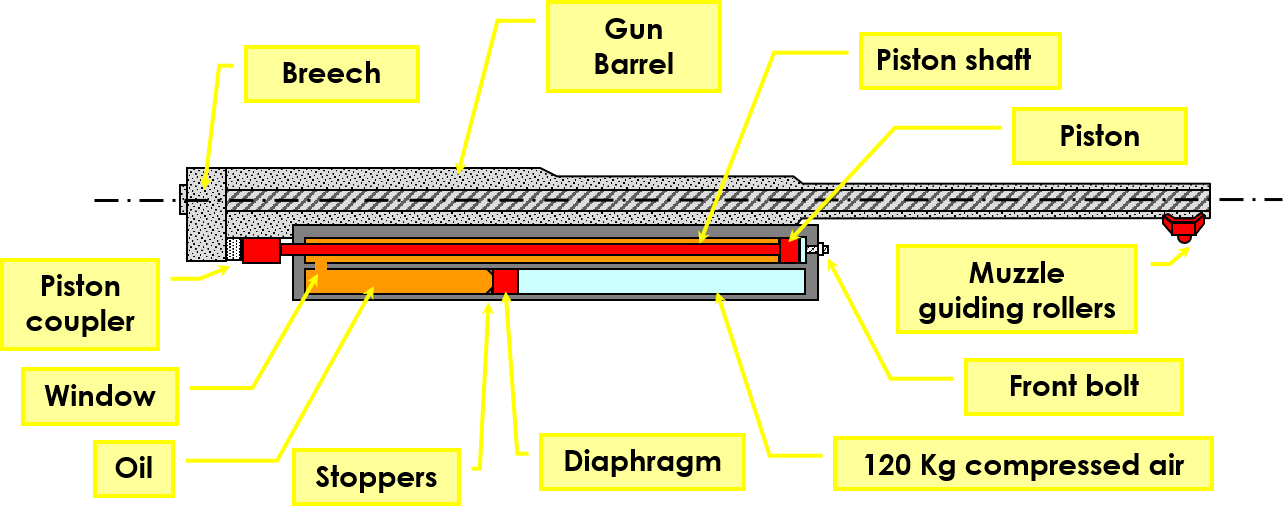 |
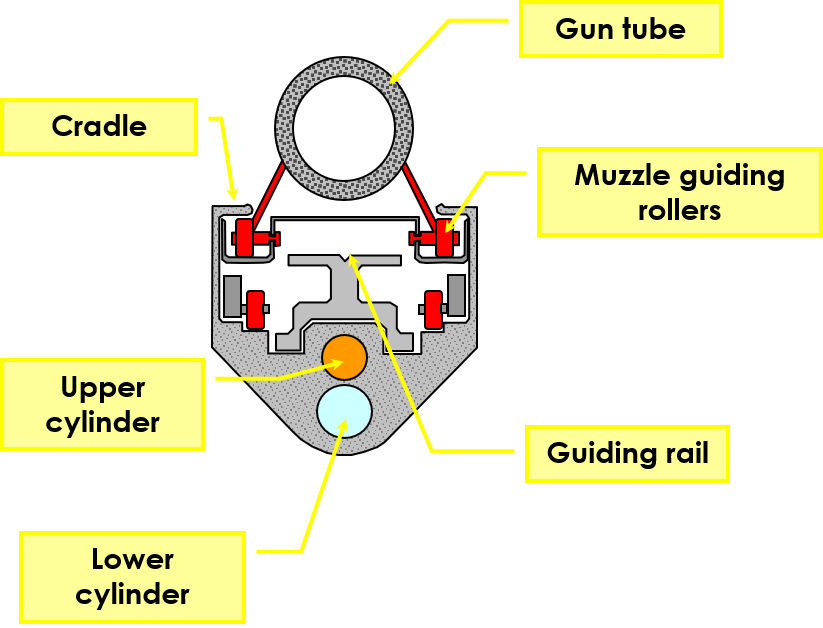 |
| 75 mm fieldgun hydro-pneumatic recoiling system | 75 mm fieldgun hydro-pneumatic recoiling system - cut-through |
The shell was fixed to the cartridge containing the propelling load ('fixed' configuration). This solution highly accelerated the loading procedure of the 75 mm gun which could be done with one man only, unlike most of the other guns of the time for which shells and cartridges were often separately handled.
The ammunition was loaded and the empty cartridge ejected by the same back mechanism of the gun, called the breech, making this gun a 'breech - loader'. The handling of this device was to be fast, and had to lock in a firm and sealed way the bottom of the gun for the shooting operation. The device of the 75 mm gun, with its eccentric mechanism, was particularly well designed :
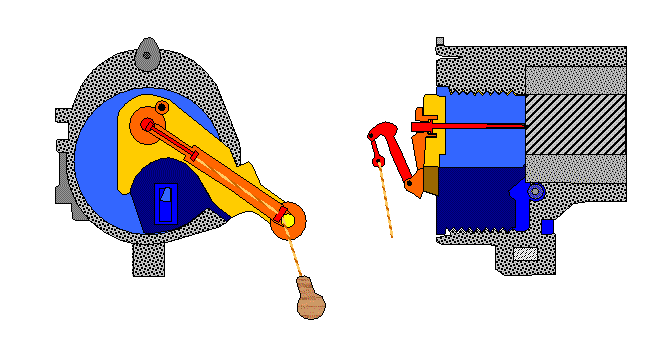 |
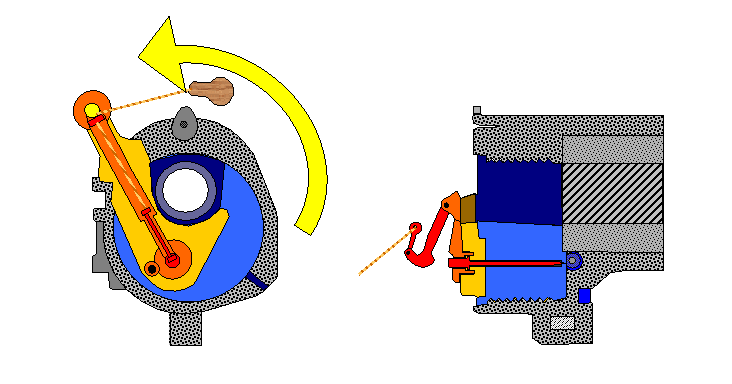 |
| Closed breech, ready for the firing | Opened breech, ready for the shell loading |
The firing device was acting by percussion of a needle through the breech on the bottom primer cap of the shell, started by simple traction on a cord triggering a spring-loaded hammer.
This gun was throwing its shells up to 6860 m, at the rate of a round every 6 seconds. The French Armies had nearly 4800 specimens of this weapon in 1914 and continued producing thousands of them throughout the war : more than 17300 fielguns guns of 75mm were in service in 1918...
The contemporary modern guns of most nations at the start of WW1 had adopted the majority of the devices present on this one, with some modifications induced by their technological choices, the weapon properties or its calibre. For instance, certain models of recoiling systems were of hydro-mechanical type (oil + spring), or the breech closing mechanisms could be of the 'sliding breechblock' (Germany) or 'interrupted screw' (England and France) type.
This weapons category was dedicated to the support to the infantry units in campaign, both in offensive operations (where the gun good mobility is a necessity), and in defensive operations (where fire power is important). As a consequences the weapons of the Field Artillery were required to have good mobility properties, meaning in this time standards with horse traction and if possible in one single load. The German appelation was the 'FeldArtillerie', and the French one the 'Artillerie de Campagne'.
Its arsenal could include guns and howitzers of different calibers, whose most mobile guns and howitzers were equipping depending of the nations the Light Field Artillery (in Germany Leicht FeldArtillerie, and in France Artillerie légère de Campagne). An additional distinction was sometimes made, mainly in France and in Great-Britain between the conventional Field Artillery and the Cavalry Artillery even more mobile.
For convenience and normalisation needs, some authors (including myself in my arbitrary classification of the surviving guns on this website) are introducing a notion of Light Artillery exclusively linked to the barrel caliber, that must not be confused with the notion of Field Artillery. In the surviving guns classification I took subjectiveley the decision to limit the light artillery category to the weapons with a caliber below 120 mm.
To be a little more complete, let us note that at the beginning of the war, Russia had 76.2 mm and 122 mm field guns of Franco-Russian design, in sufficient quantities, and Belgium had German 75 mm guns (manufactured by Cockerill in Liège under a Krupp licence), and French 120 mm. Afterwards, these nations, as well as the United States, were largely supplied with the best French and English models.
The field artillery guns and howitzers of bigger caliber, heavier but still relatively mobile (sometimes at the price of a disassembly into several loads or by havin the barrel rest on a lower position on the carriage), were incorporated in the ranks of the Heavy Field Artillery. This category was also existing in the French Army as the Artillerie Lourde de Campagne, or in Germany where it was particularily moern and well developped and could be named Schwere FeldArtillerie or Fuss Artillerie (foot artillery) in reference to its lesser motricity.
During the war, the private industries of all the belligerents, ordered so by the headquarters encountering an ever increasing need of weapons of heavy caliber while the stabilized frontline positions were making themselves stronger, developped a modern arsenal of heavy guns and howitzers, although mobile, that began to appear on the front only from 1916.
Constant fight of the sword against the shield, or the shell against the shielding, the race for the large calibers and the very long ranges brought the belligerents to the disproportion. Who never heard about the 'Big Bertha', nickname given by the German themselves ('Dicke Bertha') for the huge M-Gerät 420 mm Kurze MarineKanone engaged in front of Liège fortresses, exploding the Loncin fort with a single shell ?
Heavy caliber mortars loaded with huge shells with delay explosion mechanism in order to maximise the rupture effect, then use on long barrels initially designed for the Navy calibres, the price to pay was the weapon weight that grew continuously to reach values of several tens on tons In these conditions, if the heavy and powerful guns and mortars at the beginning of the war could still be hauled slowly and difficultly on roads after having been disassembled in several separate loads, for the ones appearing afterwards only th railway transport was possible, theerefore giving birth to the frightening and abundant Artillerie Lourde sur Voie Ferrée ('ALVF' in France), the Railway Artillery in Great-Britain, and the Eisenbahn Artillerie in Germany and Austro-Hungary.
If conventional artillery, particularily the vertical fire one, was perfectly able to destroy trenches, shelters and their inhabitants, it needed both a pretty large explosive charge (hence a large caliber) and a very good precision to obtain these effects without having to saturate the area with lots of projectiles. In August 1914, only Germany had reglementary weapons designed to launch heavy explosive charge projectiles vertically at a short range with such needed precision, with its Minenwerfers that were given to pionneers units. It did not took long before the other fighting armies had to build equivalent ordnances : while the military engineers were working hard on the design of new weapons that arrived on the front in 1915, the first stop-gap weapons that arrived in the armies were improvised results of frontline soldiers creativity.
With the apparition of these many 'trench mortars', massive, lethal and clumsy explosive charges began to rain more and more frequently on the frontline on poor terrorized muddy soldiers, shot by a multitude of weapons located in the first line trenches... Obviously, the location of the trench mortars units within infantry units positions was favourable to a far better synchronisation between them than when engaging the conventional artillery located far away behind, but on the other hand the noisy and smoky fire of the trench mortars was provoking counter-battery fire that was deadly for both the infantry and the mortars servants, often creating tensions between these soldiers ! The idea of pneumatic mortars, almost silent and not emitting smoke, adopted quickly by Austro-Hingary, was therefore also used by other nations like France.
These numerous weapons, parctically born with WW1 and so sadly famous in its memory, paradoxically had a very short life since they almost completely disappeared with the end of the conflict. Thei unoque inheritants are the small and medium infantry mortars still used nowadays by all the armies in the world, all descendants of the British Stokes mortar invented in 1915.
WW1 marks the decline of fortresses : the fortified camps of Liège, Antwerp, Namur, Maubeuge, Reims and Verdun were crushed by tyhe shells of the formidable German heavy artillery. Whatever they resisted or surrendered, intact or as ruins, their legendary invincibility was critically questioned and France even decided to disarm them, removing most of their artillery to equip the Army.
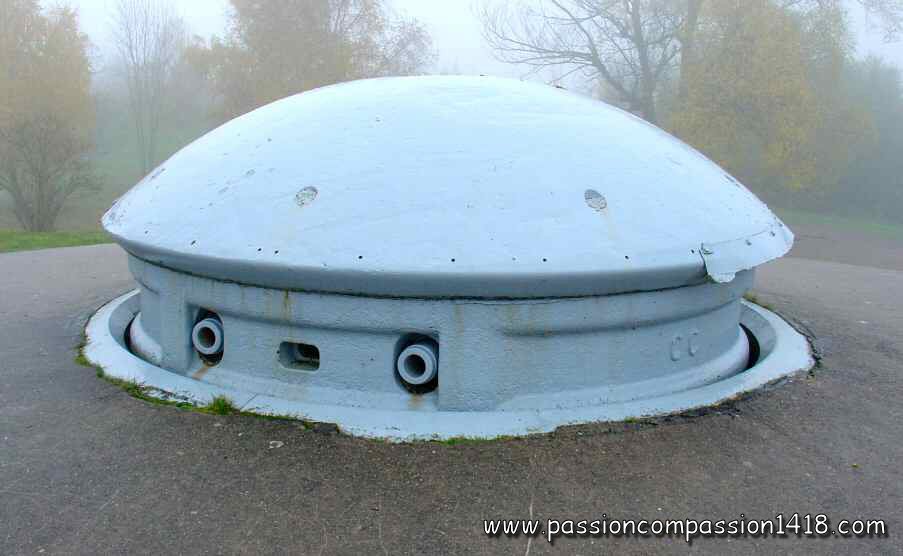 These deep and shielded burrows were indeed most of the time artillery batteries keeping under fire access ways to a town, or invasion routes. Their guns with different calibers were still placed on parapets in the oldest forts, but in the modern ones they were protected inside thick steel retractable turrets, or wisely placed in bunkers covering the access of the structure.
These deep and shielded burrows were indeed most of the time artillery batteries keeping under fire access ways to a town, or invasion routes. Their guns with different calibers were still placed on parapets in the oldest forts, but in the modern ones they were protected inside thick steel retractable turrets, or wisely placed in bunkers covering the access of the structure.
The forts circling a town were placed in order to cross-fire the accesses to the cities they were defending, and were also able to fire on each other to provide some help when the enemy infantry we invading their superstructure !
The tactical credibility of these fortresses was definitely destroyed in 1940 with the quick fall of the Belgian forts and the ones of the Frech Maginot Line facing the tactical agility, the strategic boldness and the technological innovations of the IIIrd Reich.
Another technological innovation of WW1 is the birth of the tanks and the self propelled artillery. Miraculous machine finally susceptible to pass through the fortified frontline while destroying the barbed wires fields, crossing over the trenches and terrorize their inhabitants, huge hpes were placed on the first British units that were engaged on the Somme in summer 1916, and later by the French on the Aisne in spring 1917.
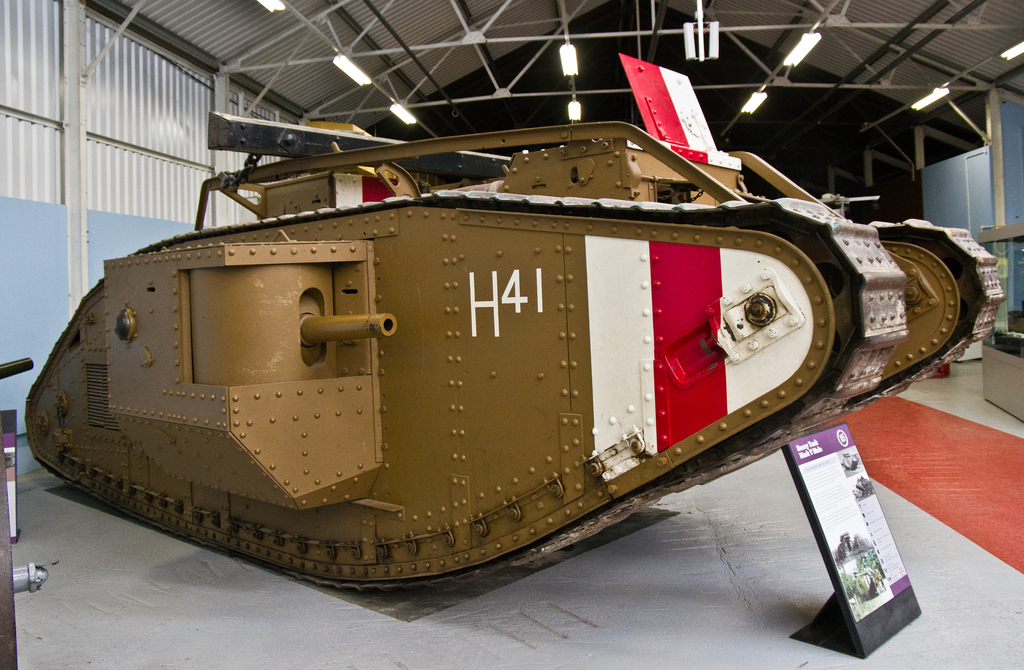 Though, the successes were rather deceptions for both the allies, and it took them another year before they found the good tactical use of these machines, and the ideal technological formula. If some of the tanks were only armed with machine guns, their majority was equipped with artillery weapons specially adapted.
Though, the successes were rather deceptions for both the allies, and it took them another year before they found the good tactical use of these machines, and the ideal technological formula. If some of the tanks were only armed with machine guns, their majority was equipped with artillery weapons specially adapted.
It is only in 1918 with the coming back of the movement war that the light tanks (such as the French Renault FT) became essential components of the allies victory. Germany never really believed in the utility of the tanks and only dedicated a tiny part of its war effort that had to be spared carefully because of the maritime blocus : only few and cumbersome German-designed tanks were engaged at the side of captured british tanks re-armed with captured Belgian guns. At the end of the conflict, some self propelled heavy artillery placed on tracked carriages was beginning to be distributed, but came too late to really take a part in the fight.
Before WW1, the military power of a nation was often particularily judged on the basis of its war fleet power. In 1914 huge steel shielded ships equipped with the most technologically advanced guns were composing the fleets of the Great Britain, the USA, France, Italy, Russia, Austria-Hungary and Germany. Some of these barrels were also used as coastal defence weapons on the shore.
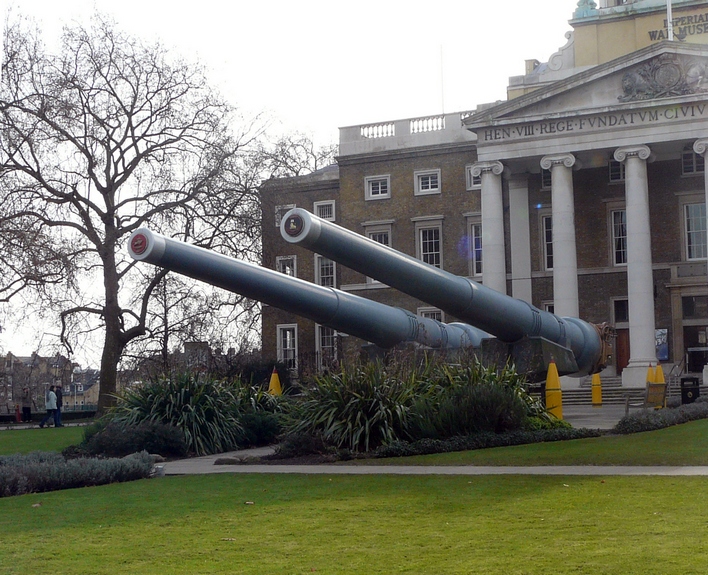 All this arsenal was very little used in fight during the conflict, at the rare exception of very few deep sea battles, or even more rare amphibious operations (like the Dardannelles). While the German and Astria-Hungary units were kept safe in their harbours, the British fleet was mainly used for the maritime blocus of Germany and the scort of the merchant ships convoys between USA and United Kingdom, France and Russia, that were attacked by German submarines, another innovation of WW1. The French and Italian fleets were mainly engaged in the Mediterranean sea for its domination.
All this arsenal was very little used in fight during the conflict, at the rare exception of very few deep sea battles, or even more rare amphibious operations (like the Dardannelles). While the German and Astria-Hungary units were kept safe in their harbours, the British fleet was mainly used for the maritime blocus of Germany and the scort of the merchant ships convoys between USA and United Kingdom, France and Russia, that were attacked by German submarines, another innovation of WW1. The French and Italian fleets were mainly engaged in the Mediterranean sea for its domination.
Some countries like France and Germany took advantage if this relative inaction topartially disarm some of their ships or coastal defence units or take their spare barrels, and use these guns to create a heavy artillery or even a high power artillery. Germany also used numerous Navy heavy guns with their crews for the defence of the Belgian littoral, in a early and over-armed version of the future Atlantic Wall.
Most of the nations were already using balloons and airships for about a century when the WW1 started, but the use of the airplanes by the armies is another innovation of the Great War. Pathfinders, artillery guides, fighters or bombers, these machines were subject to an impressive evolution during the 4 years of conflict.
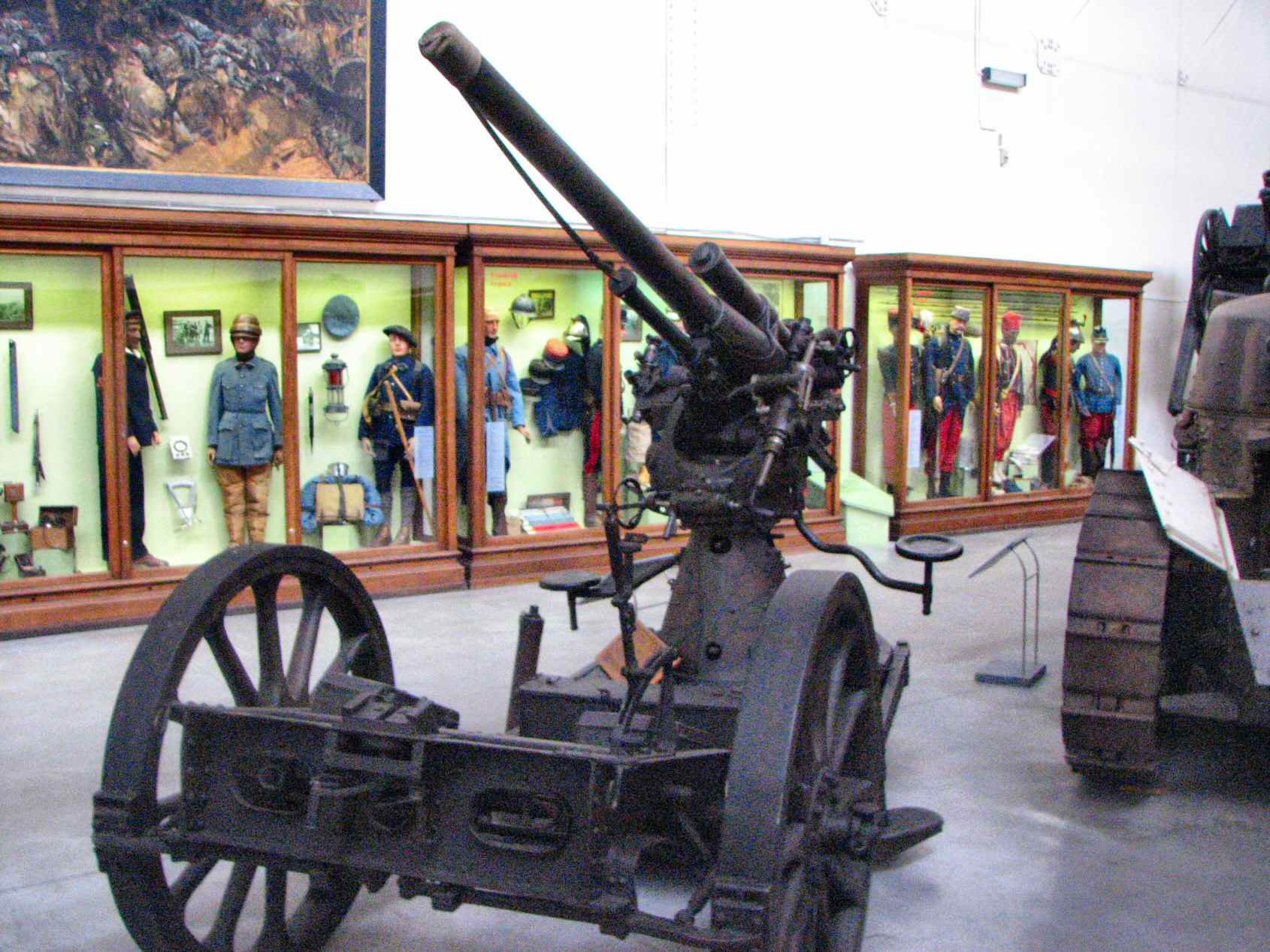 The anti-aicraft artillery that had been invented during the XIXth cebtury was designed for the fight against airships, but it was insufficient technically and in quantity to be a real threat against the quick and agile airplanes. Between 1914 and 1918 all the nations in war had to develop the weapons, the ammunitions and the tactics adapted to this new threat, and manufacture many of them.
The anti-aicraft artillery that had been invented during the XIXth cebtury was designed for the fight against airships, but it was insufficient technically and in quantity to be a real threat against the quick and agile airplanes. Between 1914 and 1918 all the nations in war had to develop the weapons, the ammunitions and the tactics adapted to this new threat, and manufacture many of them.
CThis movement can be illustrated by the evolution of the quantity of the French AA guns that went from 1 single gun available in August 1914 to 404 in November 1918. During the first years of the war, these weapons were first often manufactured on the basis of fieldguns, mainly captured to the enemy for Germany. Later, specifically designed barrels appeared, among them the ancestor of the future famous German 88 flak gun of WW2.
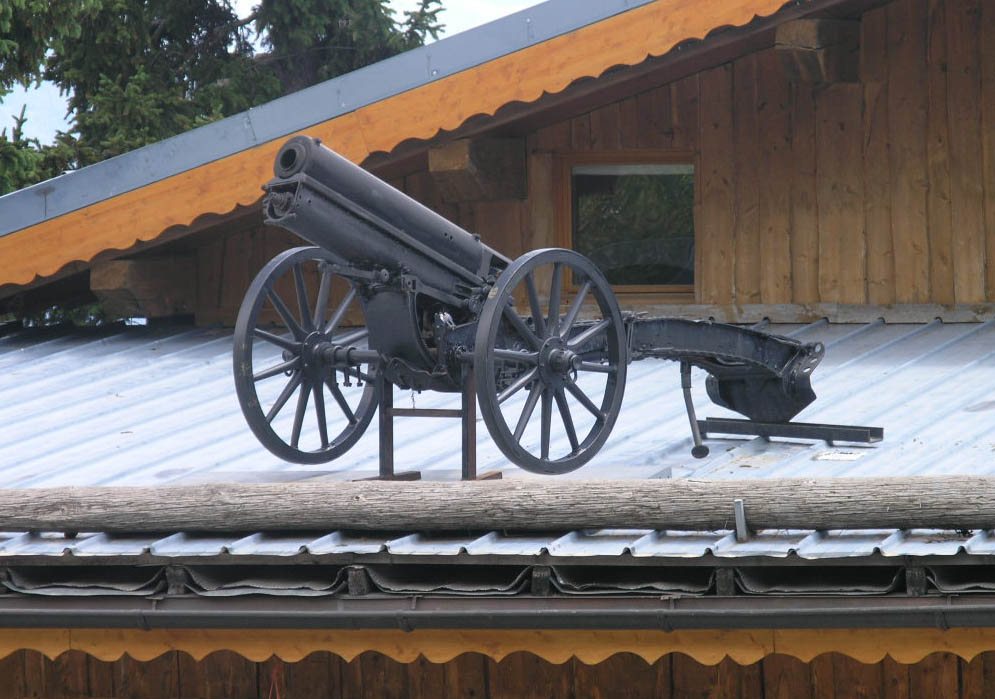 At the end of the XIXth century, most of the nations armies included guns that their arsenals had developped specifically for the mountain war. Moreover, the private gunmakers had also detected a worldwide market and were proposing such weapons for exportation. The specification for this material always imposed the portability by soldiers or animals, often involving the need to dismantle the gun in lighter separate pieces. It was also necessary theses weapons were nor cumbersome so that they coul be set in position in small surfaces. Last but not least they should, despite their reduced size and caliber, provide sufficient fire power and have a wide range in aiming angle including negative valuess.
At the end of the XIXth century, most of the nations armies included guns that their arsenals had developped specifically for the mountain war. Moreover, the private gunmakers had also detected a worldwide market and were proposing such weapons for exportation. The specification for this material always imposed the portability by soldiers or animals, often involving the need to dismantle the gun in lighter separate pieces. It was also necessary theses weapons were nor cumbersome so that they coul be set in position in small surfaces. Last but not least they should, despite their reduced size and caliber, provide sufficient fire power and have a wide range in aiming angle including negative valuess.
Nothing strange that Austria-Hungary, whose Empire was widely occupied by mountaine, had held the leadership in the technological race in this demoain and put into service an impressive range of mountain artillery material. But Italy, France, Great Britain and Germany also developped and used such weapons. As an example, France started the war with 120 mountain guns of 65 mm, and still had 96 in November 1918.
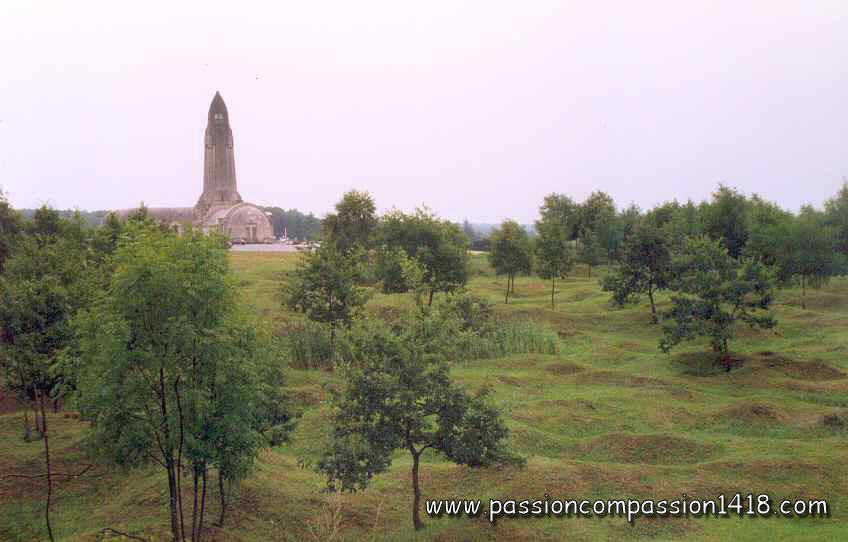 Viiting a former WW1 battlefield nowadays is enough to understand the terrifying effects of this conflict artillery. Grround turned upside down, several meters wide and deep shell holes side to side or superposed, the destruction of the defensive positions is often total, to such a point the infantry were obliged to use the shell holes to protect themselves when the trenches, shelters or bunkers had disappeared.
Viiting a former WW1 battlefield nowadays is enough to understand the terrifying effects of this conflict artillery. Grround turned upside down, several meters wide and deep shell holes side to side or superposed, the destruction of the defensive positions is often total, to such a point the infantry were obliged to use the shell holes to protect themselves when the trenches, shelters or bunkers had disappeared.
The fire power was phenomenal and never stopped to grow during the years of war. The immense majority of the fighting nations industrial power was dedicated to this weapon. From the first battles of the movement war in summer 1914 to the big offensives prepared by artillery crushing for days the stronger and stronger enemy positions, the evolving fugures are self-sepaking and incredible...
Some examples :
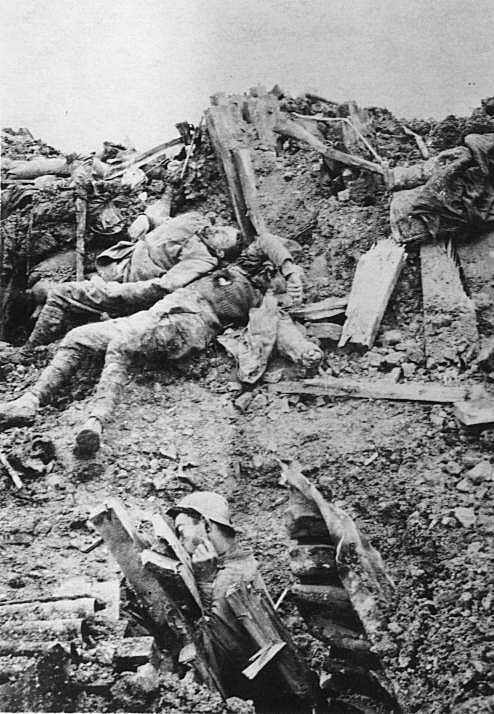 Other clues of this fire storm are offering themselves to any visitor of a former battlefield, just by a simple attentive view on the debris that can still be found : quantities of lead balls vomited by the shrapnell shells, deadly steel fragments of all sizes resulting from the deflagration of high explosive shells, heavy and massive fuzes, shrapnell or chemical shell envelopes. even sometimes traces of explosives... So much explosive and heavy materials sent at a speed of several hundres meters per second on limited areas had devastating effects on the terrains and soldiers.
Other clues of this fire storm are offering themselves to any visitor of a former battlefield, just by a simple attentive view on the debris that can still be found : quantities of lead balls vomited by the shrapnell shells, deadly steel fragments of all sizes resulting from the deflagration of high explosive shells, heavy and massive fuzes, shrapnell or chemical shell envelopes. even sometimes traces of explosives... So much explosive and heavy materials sent at a speed of several hundres meters per second on limited areas had devastating effects on the terrains and soldiers.
It is a real men chopper that fell down on the troops taken under heavy shelling. and the wounds were often horrible and lethal. The wounded who survived remained deeply marked in their flesh and their mind, crippled and traumatized.
Disintegrated bodies, men cut in pieces, ripped off limbs, disfigured faces, soldiers bleeding to death by huge open wounds or internal hemorragies whose only external visible sign was the small hole created by a tiny shrapnell, organs destroyed by the explosion shock , bodies projected in the air and broken, intoxicated men, blinded, asphyxied, burnt, ... 80% of the Great War casualties were caused by artillery effects.
In some cases, just the secondary effects killed or wounded with the same efficiency : bodies projected away and internally destroyed by the shockwave, burnt by the explosion heat and flames, buried alive in the destoyed shelters, psychologic shock momently incapacitating or driving mad forever.
The Great War was the war of artillery, although its role did not allow any of the nations to win the decisive victory. This terrifying conflict allowed it to progress at an incredible speed in some years only, and gave it a key role in the battles that it will never receive again in the next wars. But above all, WW1 artillery has been the bigger mass killer of this conflict that still remains in the peoples mind as a bloody trail of physical suffering and inhumanity.